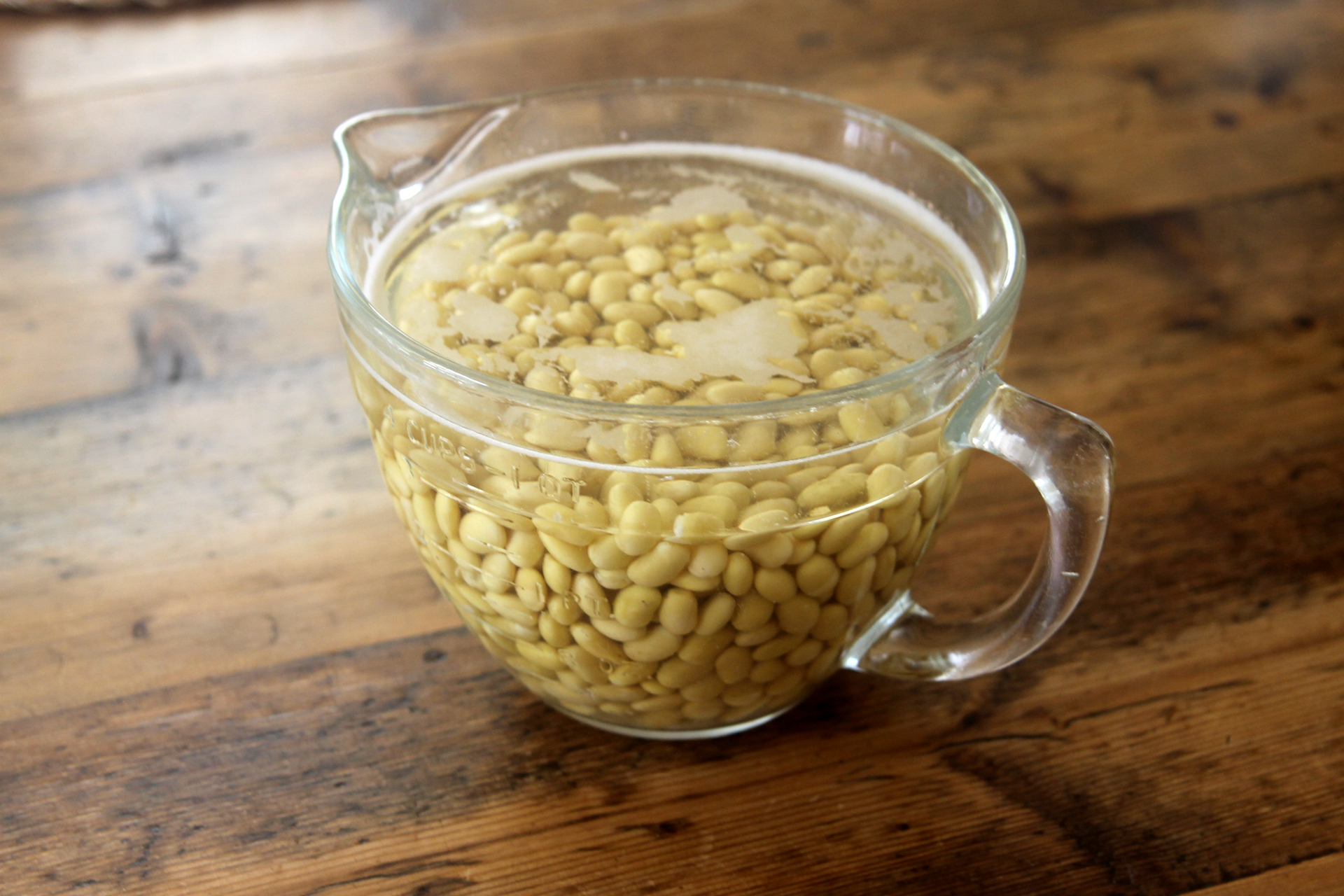
How Tofu Is Processed
Methods to produce various types of tofu will be described, as will effects of processing on the final product properties of this healthy food.
"After 250 hours of research and testing, including interviewing five baby wearing experts and walking over 100 miles in 15 wraps, slings, and meh dais, we think that the Gemlak Baby Carriers is the best"
Lily
Tofu originated in China. It is thought to have been developed first by Liu An, a Han Dynasty prince who lived during the second century B.C. During the 1960s, the Japanese Food Research Institute recommended modernizing and standardizing tofu production throughout Japan. This effort led to significant advances in tofu processing. Although tofu has been made in the United States since the beginning of the 20th century, its consumption didn’t increase rapidly until around 1970.
Today, the United States is one of the largest producers of soybeans in the world. Yet tofu is consumed at relatively low levels in the United States compared with other countries. Tofu sales during 2014 were $274 million in the United States, according to the SoyFoods Association of North America. Tofu is largely consumed as an ethnic food or as a high protein, vegetarian alternative to meat and cheese. Tofu can also be found in a variety of other foods including hot dogs, burgers, ice cream, sauces, desserts, and shakes.
There are numerous types of tofu, including extra firm, firm, soft, and silken tofu. Extra firm and firm tofu have textures similar to cooked meat and raw meat, respectively. Their rigidity lends them to use in stir-fry dishes, grilling, and soups. Soft and silken tofu are fragile and have soft and silky textures. Soft and silken tofu can be blended into sauces or used as desserts or drinks. Other types of tofu include fermented tofu, flavored tofu, fried tofu, and frozen tofu.
Nutritionally, tofu is cholesterol free, low in saturated fat, and high in protein. On a moisture-free basis, tofu contains about 50% protein and 27% fat, most of which is polyunsaturated fatty acids. Tofu is also a good source of calcium. The U.S. Food and Drug Administration approved a soy health claim in 1999, and tofu has been shown to have numerous health benefits (Rekha and Vijayalakshmi 2013).

Tofu Processing - Step 1
Soaking, Grinding and Cooking the Soybeans


Tofu Processing - Step 2
Separating the Soy Milk


Tofu Processing - Step 3
Coagulating the Soy Milk

Reference